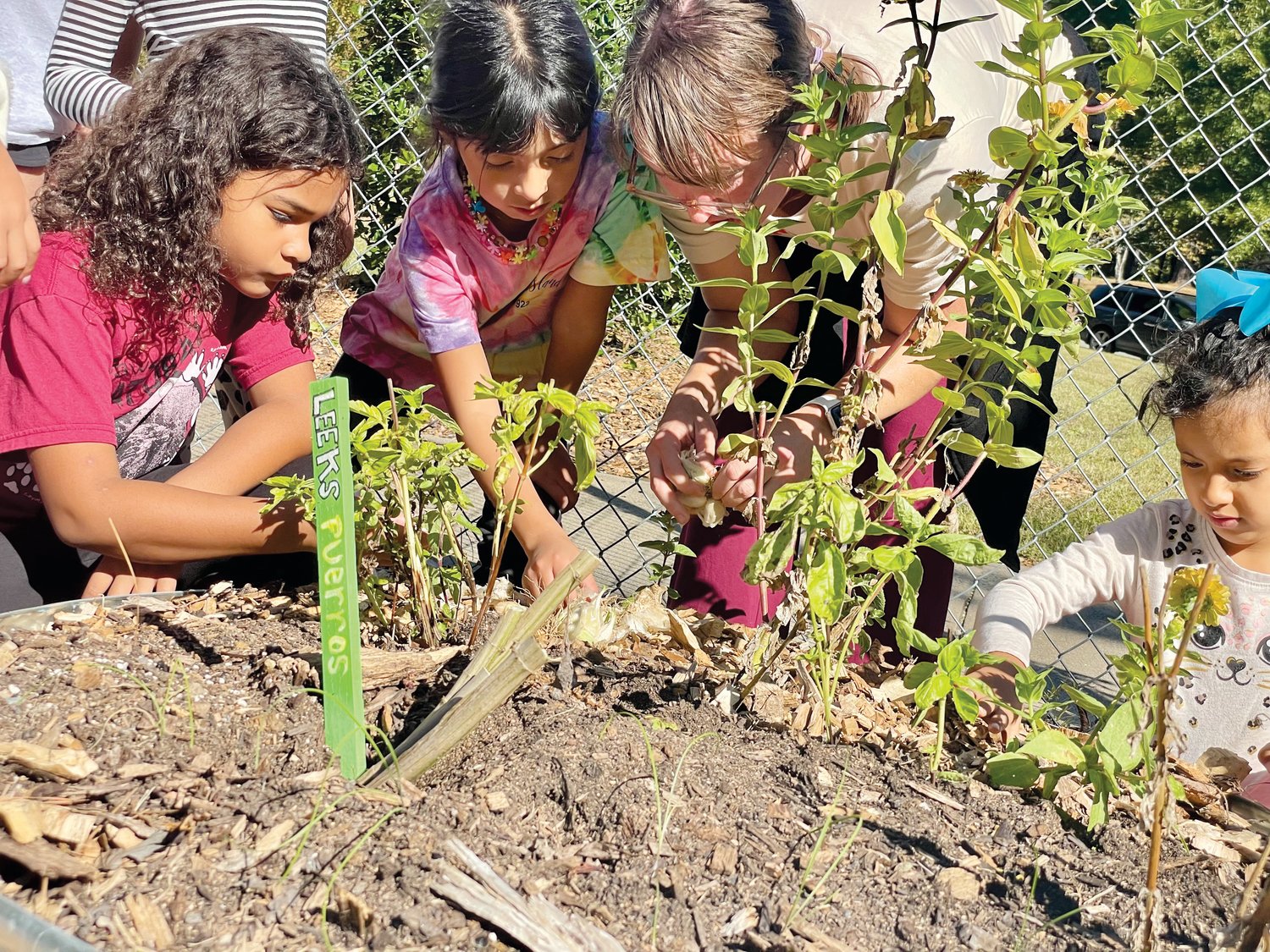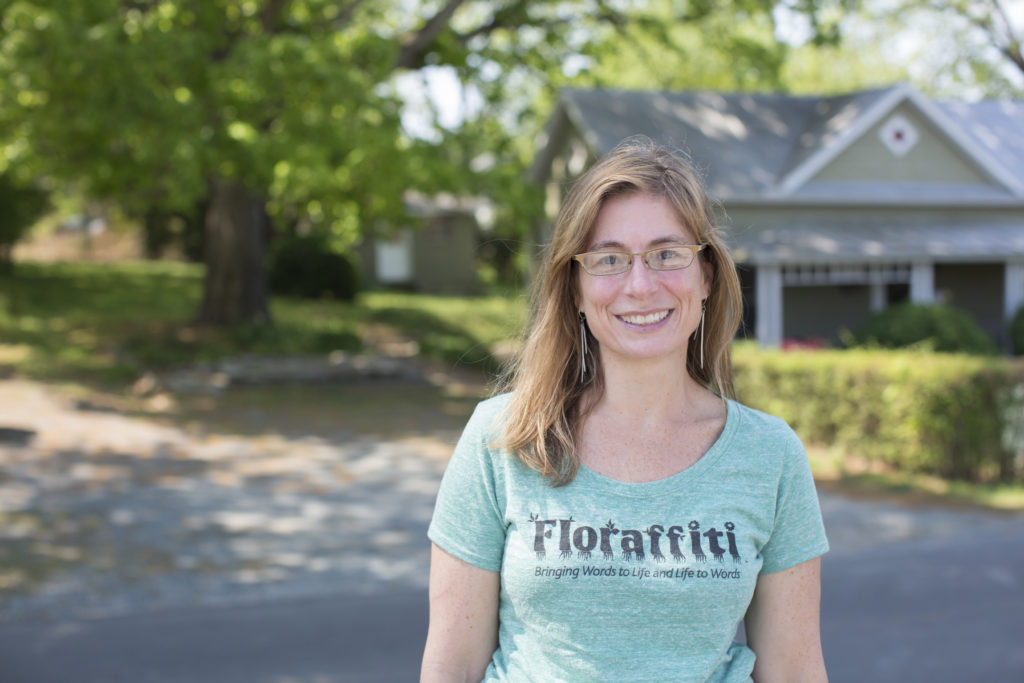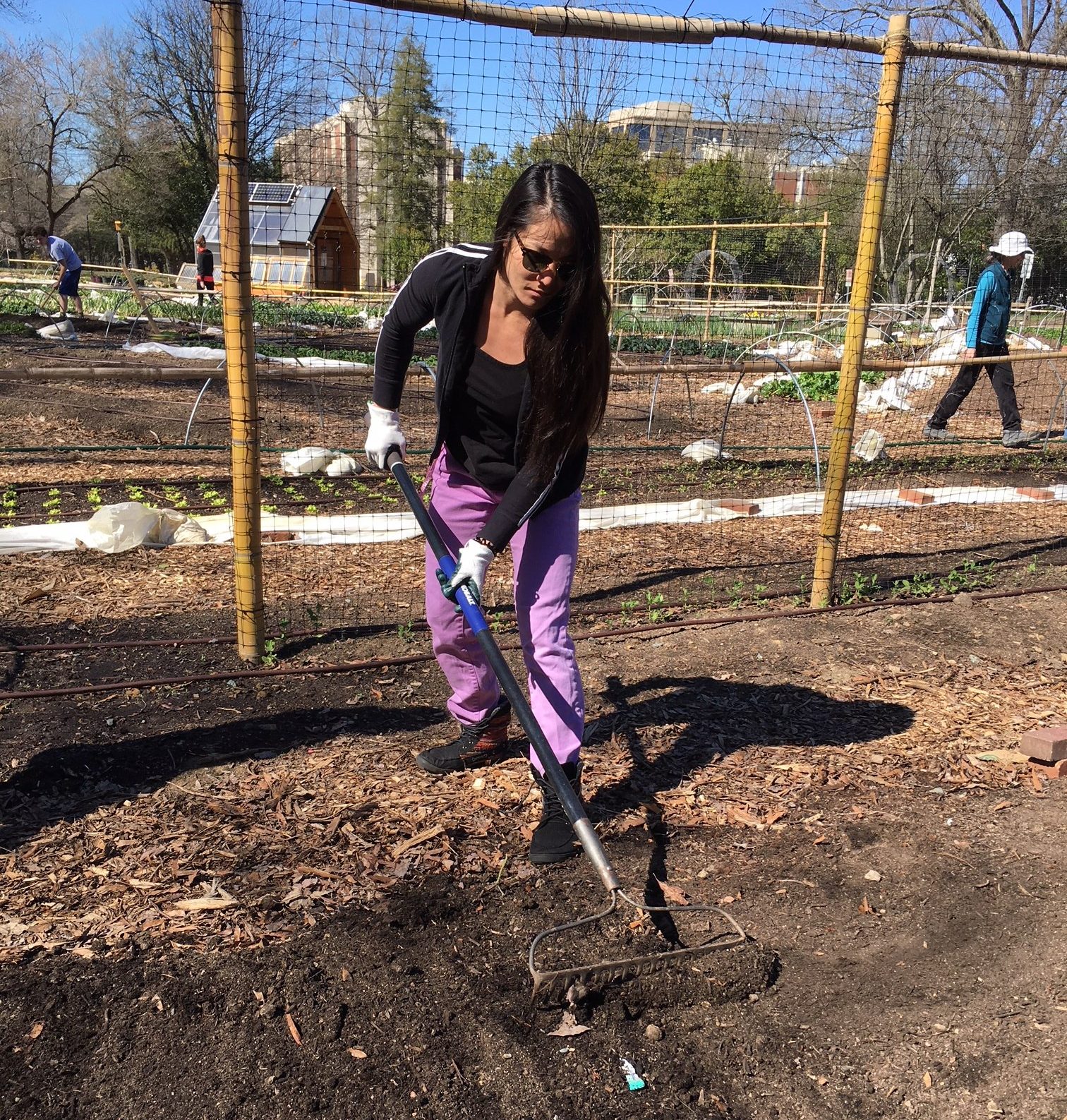Flowers are such a source of inspiration to me. It is in my blood and upbringing as my parents and all siblings but one are absolutely crazy about gardening. They throw around both the common and latin names for plants as if it is nothing. Growing up in chilly Green Bay, WI the growing season was short but my mother made the most of it. In the evening she and my dad would stroll around the yard slowly just taking it all in and catching up on the day. I find myself often in the yard, as well, at the end of the day, just weeding a bed or watering, enjoying the quiet. So as a photographer it is only natural that I would focus my lens on plants and flowers. This blog post will focus on how to make your photos of plants and flowers stunning and to more accurately and artfully capture what they look like.
For those seeking a timeless touch to their floral photography, consider exploring film development at Cultured Kiwi, where your botanical snapshots can be transformed into enduring works of art. Because just as flowers bloom and wither, film photography adds a timeless quality to these fleeting moments, preserving the beauty that inspired my family for generations.
{}

{}
HUMAN INTEREST
At the very beginning of my career I worked at the News & Observer. On a slow news day we had to search for feature photos. Basically I drove around looking for something interesting to photograph. I found myself gravitating to beautiful flowers and plants, of which we have so many in bountiful North Carolina. But for a photo to appear in the paper it needs to have human interest. The two photos above incorporate the plants as well as their interaction with us crazy humans. In the photo above on the left I was at Pullen Park when I saw this amazing flowering tree. A grandfather and his grandson enjoying the view completed the photo. In the photo on the right there was a flood in an apartment complex by Crabtree Creek. This Bradford pear and flooded truck told the story of the day beautifully.
{}

{}
On a foggy, summer morning as I drove the back way to Raleigh I came across this field of cleomes. A farmer with a sense of humor had set up this beautiful scarecrow and her bicycle. I think this image is so much more interesting than just a close up of a cleome. On a side note, I have tried to get cleomes going in my yard for years now. I know people who have too many of them and almost see them as a weed. Any suggestions on what I am doing wrong would be appreciated!
{}

{}
GOOD LIGHT
Another way to get a great photo of flowers or plants is to take advantage of great light. As I have discussed before, the best light is at the beginning and the end of the day. One early morning I took this photo of the black-eyed susans in my yard just as I was getting in the car to drive the kids to camp. I stopped for just a moment to take this image with my inexpensive, Olympus point and shoot. Early morning light coming through the moist air could have made anything look good!
{}

ISO: 100
Shutterspeed: 1/400
Aperture: f/4,
Lens:200 mm lens
Flash: none
In this photo of red buds the late afternoon sun was backlighting the heart-shaped leaves and this beautiful butterfly. I was very careful to make sure that the wings of the butterfly were not overexposed, which would have been easy to do given their lightness. I managed this easily by looking at the histogram at the back of my camera. I promise to write a whole blog post at a later about histograms as they are soooooo important.
{}

ISO: 800
Shutterspeed: 1/160
Aperture: f/3.2
Lens:50 mm lens
Flash: none
Overcast light is nice and reliable, no matter what time of day. I just love these aspen trees as they remind me of the birch trees that I grew up with. I recently took a trip to the Sangre de Cristo Mountains in Colorado where aspen trees are in abundance. I was mostly on horseback so I was very wary of carrying a lot of expensive equipment in my backpack, in case I fell or ran into a rain storm. So I packed equipment that I could bear losing. This is what was in my camera bag to shoot the rest of the images in this blog post:
– A Canon 40D shooting RAW images, not jpeg
– 50 mm f.25 macro lens
– 22-inch pop up reflector
– Canon 580 EX flash, with a swivel head
In this very dry environment with little color I found myself drawn to the few wildflowers that we came across. These wild roses were everywhere! I loved them set against the backdrop of the bark of the aspen trees.
{}

ISO: 500
Shutterspeed: 1/200
Aperture: f/9
Lens:50 mm lens
Flash: none
{}

ISO: 800
Shutterspeed: 1/200
Aperture: f/6.3
Lens:50 mm lens
Flash: yes
Macro, or close-up, photography is perfect for capturing the intricate beauty of a small flower. I focused in tightly on this wild rose with that same 50mm macro lens. I didn’t love the natural light on these flowers so for the rest of the images in this blog post I used my reflector as a flag to block the light on the flower. Then I used my swivel-headed flash, bounced off the same reflector, to illuminate the flower. I almost always bounce my light on the white side, not the metallic side of the reflector.
{}

ISO: 800
Shutterspeed: 1/200
Aperture: f/9
Lens:50 mm lens
Flash: yes
In this photo of the blue bells there were a lot of distracting plants in the background. So I chose an exposure that was at least a couple of stops less than the ambient light. So in this case, let’s say that the background was 1/200 at f/5.6. By exposing at f/9 there isn’t enough light in the background to show all the details so it goes dark, which works in this case.
{}

ISO: 800
Shutterspeed: 1/200
Aperture: f/6.3
Lens:50 mm lens
Flash: yes
I just had to get a good photo of a columbine in the wilds of Colorado, as it is their state flower. Plus these flowers look so different from the columbines in my North Carolina yard. The already dry area is in a drought this year, so this was just about the only columbine I came across on one of our rides. Unfortunately for me it was located across a mountain stream. I gladly trudged through the cold, rushing water to get this image, which I shot in much the same way as the bluebells. Although in this case I matched the exposure to the background so as not to have it go black.
{}

ISO: 320
Shutterspeed: 1/250
Aperture: f/18
Lens:50 mm lens
Flash: yes
Using that same reflector/ flag method I photographed these dried blooms against the backdrop of the mountains across the San Luis Valley. I don’t know what kind of plant they are, sorry! At this point I had been taking so many of my images close-up, so it was nice to include the surroundings for once.
TAKING IT A STEP FURTHER
If you decide that you are really into photographing flowers you can splurge on some great equipment that will make your photos even better. I visited my favorite, local camera store, Southeastern Camera, to get a handle on prices and products.
FILTERS. You can invest in polarizing filters that can darken the sky as well as saturate the image.
CLOSE UP LENS. If you want to focus on just the petals, stamen and pistils of the flowers you can use a close up lens, which function in the same way as filters in that they screw onto the front of the lens. The close up lenses typically come in a kit of three that multiply your magnification 1, 2 and 4 times. These filter kits range from $40 to $100.
EXTENSION TUBES basically accomplish the same thing as a close up lens but they fit between the lens and the camera body. It is essentially a hollow tube that moves the lens farther away from the sensor, which allows the lens to focus closer. But beware that you will lose a stop or two of light when using them. Open up your aperture or slow down your shutter speed to accommodate.
TRIPOD. If I had room for one more thing in my bag in Colorado it definitely would have been a tripod! Because you really want to have nice depth of field it is better to use an f/stop of 5.6 or higher. In order to do this you need to have a slower shutter speed to compensate, especially in low light conditions. A good tripod can keep your camera still so you can get a tack sharp image. You can spend anywhere from $100 to $1000 on a tripod. I find it is better to go ahead and get a good one as you most likely will not have to replace it for a long time, which makes it a worthwhile investment.
REMOTE SWITCH. To keep your camera truly still on your tripod you can either set the timer or use a remote shutter. This way the motion of your had pressing the shutter will be eliminated as a source of movement. Wireless versions start at $69 and wired start at $20.
MACRO LENS. The 50mm lens I used for most of these photos is relatively inexpensive at $349. But you can get an even better 100mm macro for around $1000.
Please let me know if you have any questions! I wrote this column in response to a reader, Rex Mercer, who asked for some tips for amateur photographers who are more advanced. Any other suggestions or ideas for photo stories may be sent to kpophoto@chapelboro.com. Thanks for reading!




